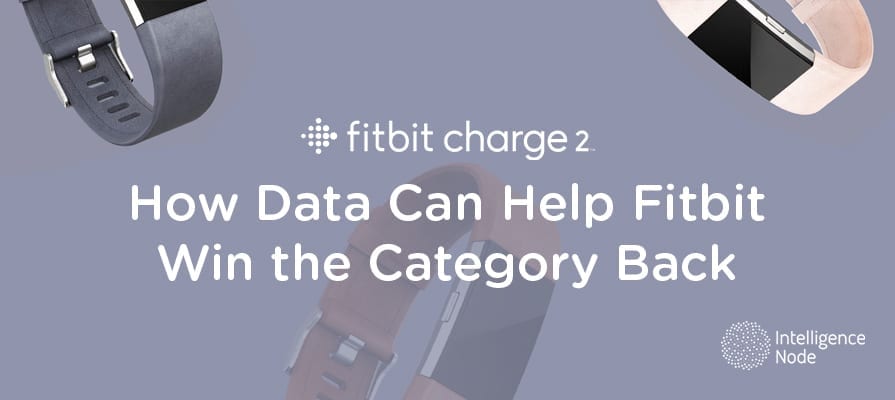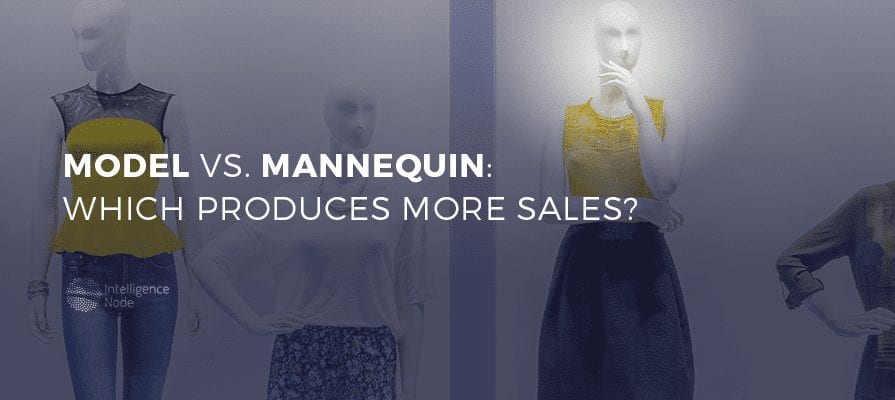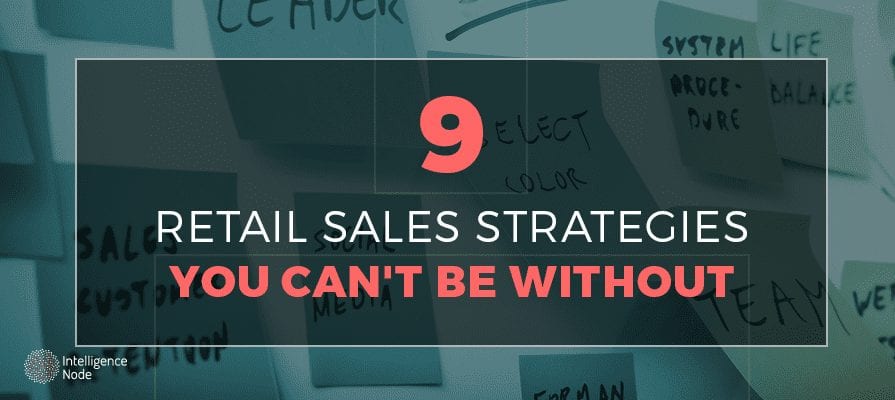It pays to get in a shopper’s face.
Think about it: When you’re searching for a specific item on an eCommerce site, how often do you get swayed by one of the first 10 products that pop up? (Meanwhile the product you came looking for is buried somewhere at the bottom.) Every eCommerce website pushes certain products to the top, and they can significantly differ from their direct competitors. Each retailer has a different approach to selecting products to make more visible than others. That’s why visibility ranks are crucial for every eCommerce website’s merchandising strategies.
To give retail companies a competitive advantage, our Incompetitor™ solution comes with a handy dashboard to show which products are most visible across eCommerce sites. The dashboard gives users a quick review of categories, subcategories or brands that appear foremost on their competitor websites. These insights inform you of the most in-demand products in your competitive landscape (so you can adapt your assortment, if necessary).
Product visibility can translate consumer attention into sales. To maximize revenue per shopper, most eCommerce sites seek to deliver the most relevant results and best deals for their online customers. E-commerce sites also consider different criteria than search engines like Google.
That’s why it’s important to know what your retail company needs to stand out. Here are visibility ranking factors to consider in your 2018 eCommerce marketing strategy to drive awareness, engagement and sales of your products.
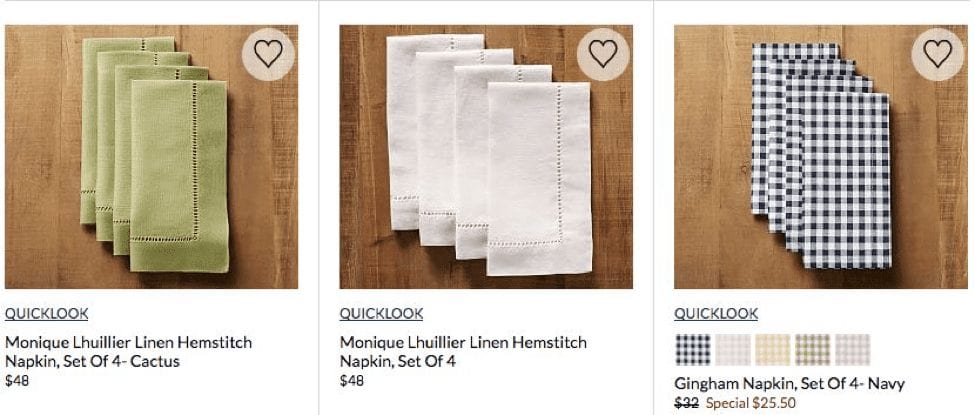
Does Visibility = Sales?
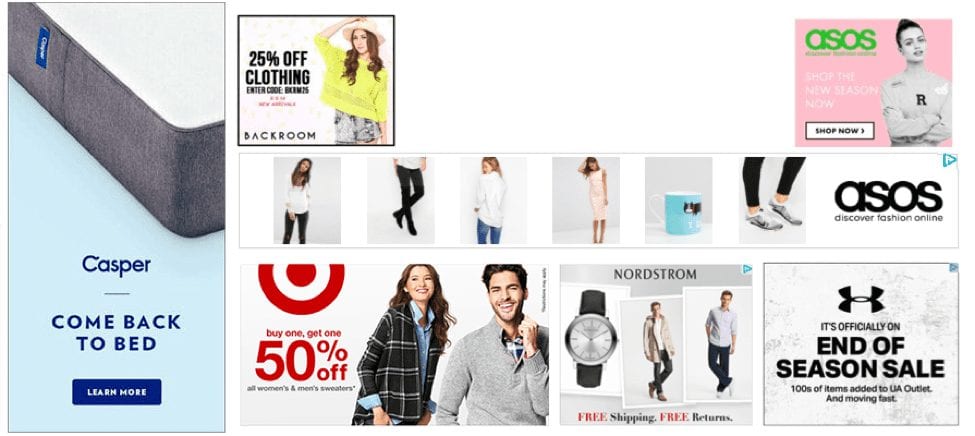
Whether the visibility rank of a product on an eCommerce website is a proxy for consumption is uncertain. Visibility rank can indeed be a self-fulfilling prophecy. To some extent, retailers dictate what’s consumed. However, consumer demand also influences which products show up first, as search is the primary way that customers look for products on eCommerce websites.[i]
Things visibility ranking definitely indicates.
- Newness:
Fresh products and emerging trends earn higher visibility online. The thrill of discovering what’s “new and now” can keep online customers coming back to see what’s in stock. That’s why experts recommend that retail companies aim to launch fresh designs, product range or categories every three months. - Likelihood to grab eyeballs:
Whether it’s flashy fashion or a fast-selling magnetic merchandise, products that stand out and grab shoppers’ attention rank higher. Unique products “get more eyes on them, more attention, and eventually more sales.”[ii] Product differentiation matters online because offering something unique immediately gets you noticed. - Stickiness:
A product’s visibility rank is also an indicator of its stickiness, meaning consumers’ sustained interest in and demand for the product over a significant period of time. Stickiness also has a direct relationship with the frequency of opens and conversion rate, so consumers are browsing and buying the product.. - Demand projection:
Products expected to outperform others in the same category also achieve superior visibility ranking. The growth of online commerce competition has decreased customer loyalty. This means now issues like out-of-stock events creates greater uncertainty in forecasting demand due to faster fluctuations in the customer base.[iii] - Aggregate of your target’s interest:
Relevant search terms linked to sales provide a strong indicator of consumer interest in a particular product. E-commerce websites index a product based on which keyword search terms appear in the product listing. The number of sales aligned with each search term also matters. Earning sales on search terms indicates a product is relevant to consumers’ search.[iv]
Things visibility ranking may indicate include:
- Top sellers:
Sales rank is one of the most important factors affecting visibility ranking factors. That’s because better-selling products are generally listed near the beginning of the results list. As sales increase, so does a product’s exposure. High conversion rates can boost your product’s visibility, so strategically focus on keywords directly related to your product. - Most viewed:
Consumers’ willingness to click through to view a particular product page shows the product’s relevancy for the consumer’s search term. Highly-viewed products means the merchandise is getting discovered and engaging shoppers, even if their browsing does not always lead to buying. Garnering a significant number of views boosts a product’s visibility ranking. - Promotions:
Great deals are the most visible elements on any website. Product pricing, including discounts and promotions, and limited time offers, strongly influences visibility ranking (and conversions). Pricing below market averages can give you a huge initial boost to your product. Experts recommend offering a selling price that gets your product in the first 3-4 pages of the filtered search list.Testing out new pricing strategies can impact the eCommerce websites’ product ranking algorithms in your favor. That’s because, as sellers decreased price, page views, orders and conversions increased: Conversion rates reached as high 50% and page views increased by approximately 700%. Sellers may achieved page one visibility – yet earn at a reduced profit in exchange for higher volume. - Sponsored/ featured products:
Sellers can “pay to play” to boost their visibility ranking. Sponsored products can improve rank for certain keywords to boost organic sales.” Sellers use keyword-targeted ads to grab the attention of online shoppers. Sponsored products can be powerful tools that put your merchandise in front of people who are already actively searching for it. Sellers only pay when a shopper clicks their ad, which can improve the return on investment. The effectiveness of sponsored products is that sellers can get discovered during search and determine which keywords have the highest conversion rates and which ones need edits to resonate to outrank competitors.” - Private labels:
To maximize their profitability, eCommerce retailers can promote their own private label products, impacting their high visibility rankings. They want consumers to consider their products first. That’s why, for instance, if an eCommerce site sells a product, it tends to correlate to a better rank. Products that are not fulfilled or sold by the eCommerce site tended to perform worse than private label products in the search results.

Is visibility ranking the ultimate goal?
It depends. It is certainly a major booster to your sales. Having the spotlight on your company can certainly boost brand awareness, engagement. Experts found increasing organic rank strongly contributed to an increase in organic sales. That’s in part because consumers can discover your products faster and with greater ease due to high visibility ranking.
However, given how shoppers today like to scroll through, compare and find the best deal, the key differentiators may be than just exposure. Being a featured brand on a retailer’s website can turn problematic if your company lacks the scale to keep up with strong demand. In addition, sellers should refrain from trying to “scam” eCommerce websites by choosing inaccurate categories in order to be featured within that category. It helps to give the best price, have the right product visible, and provide superior services.
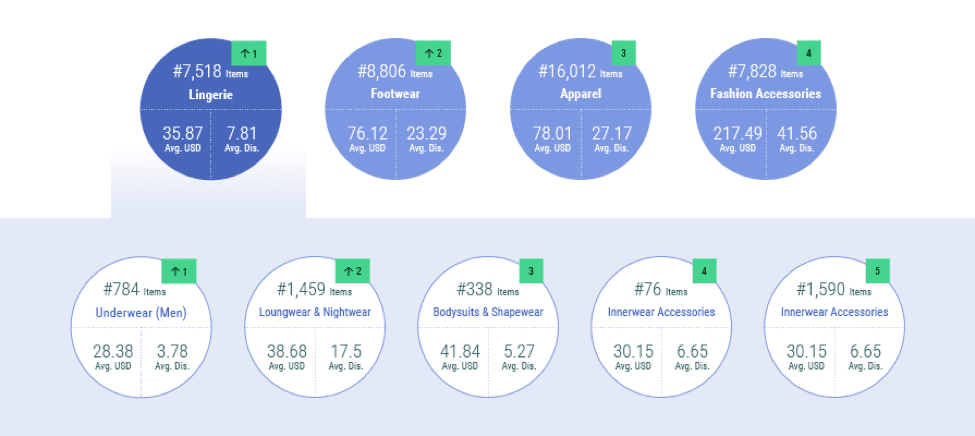
For multi-brand retailers, visibility rank also matters. They need to see how their diverse brands perform relative to one another to know where to invest more resources, such as in-demand categories according to popular search terms.
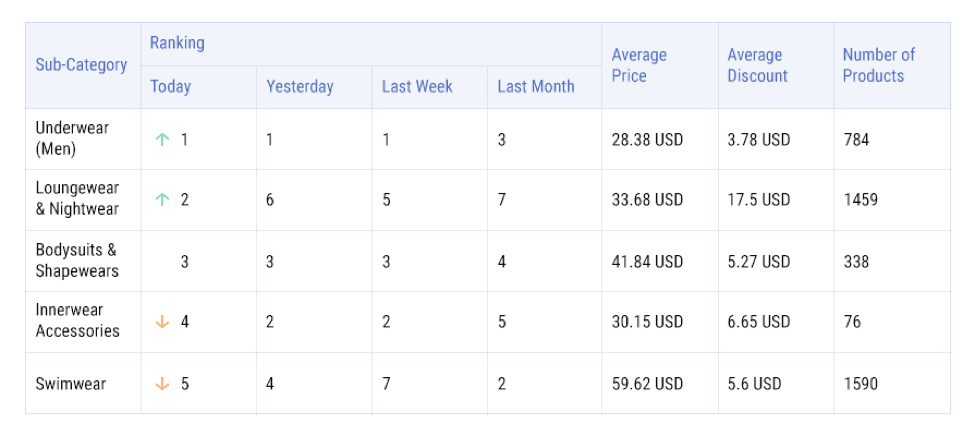
In addition, multi-brand retailers can look for opportunities to differentiate their offerings by bundling complimentary products to stand out from the competition.
How to make visibility ranking your differentiator.
Since a page-one presence can correlate with profitability, retail companies need to consider ways to stand out with visibility ranking. Overall, price, availability, selection, and sales history, well-chosen search terms will increase a product’s visibility and sales.
Even simple tweaks can help sellers stand out online. The number and quality of product reviews impact visibility ranking. Sellers should follow eCommerce websites’ image size guidelines to ensure their product listings are not suppressed. Also, concise, digestible content sells. Products with bullet points tend to convert better than paragraph descriptions, and earn superior visibility ranking results.
View the Visibility Rank of your brand on marketplaces as against your competitor’s brand. At Intelligence Node, we’re making the data work for you so you don’t have to work for it. Get a free assessment!
[i] Johnson, Tara. How Sponsored Products Can Increase Amazon Organic Rank. CPC Strategy. March 3, 2016.
[ii] Voelker, Scott. 5 Ways to MAKE Your Product Stand Out and SELL on Amazon. The Amazing Seller. November 11. 2015.
[iii] Demand variability, fast-moving and slow-moving products. Intuendi. October 20, 2017.
[iv] The 4 Amazon Product Ranking Algorithm Factors You Can Impact. AMZ Advisers. November 7, 2016.


